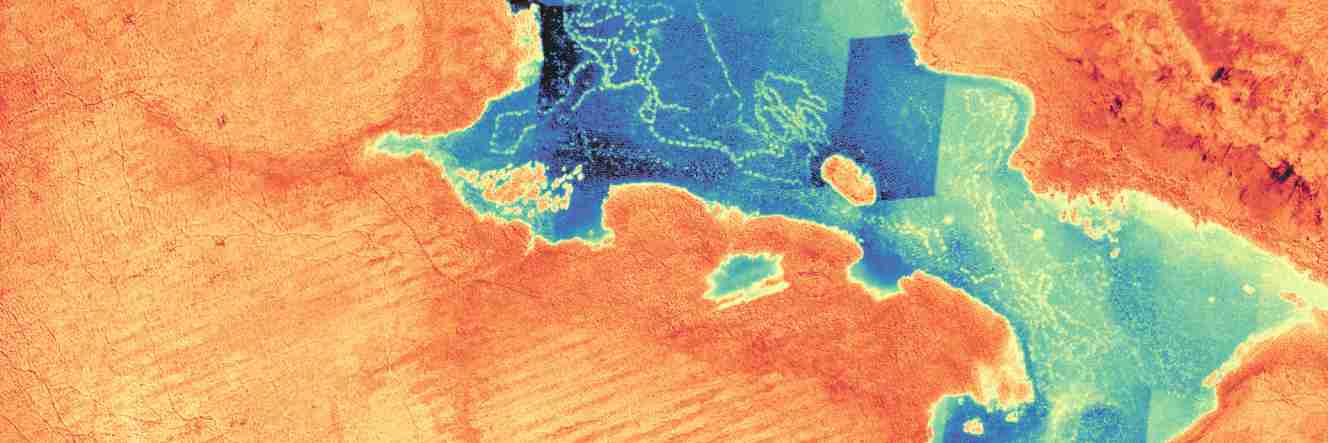

As the world becomes more technologically advanced, it's essential to keep up with the latest advancements in your field of work. Agriculture and ecology are no exception. That's where multispectral drone mapping comes in.
Multispectral imaging is a cutting-edge technology that uses drones equipped with specialized cameras to capture images in various wavelengths of the electromagnetic spectrum. This technology is particularly useful for agriculture and ecology applications in Ireland, where the climate and terrain can be challenging to navigate.




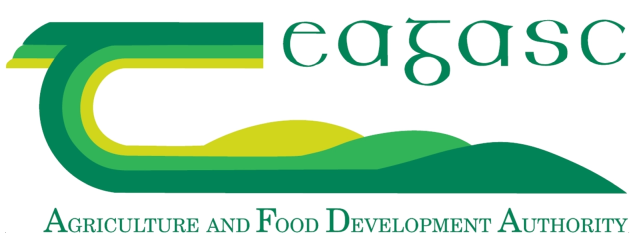


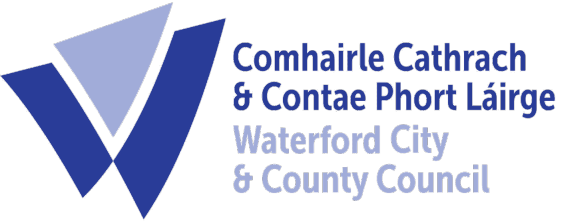

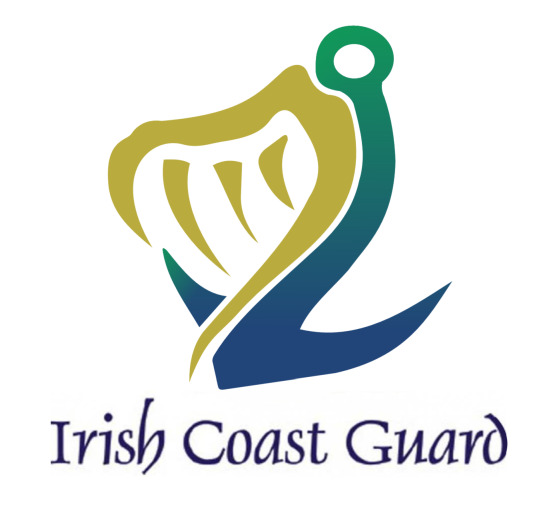
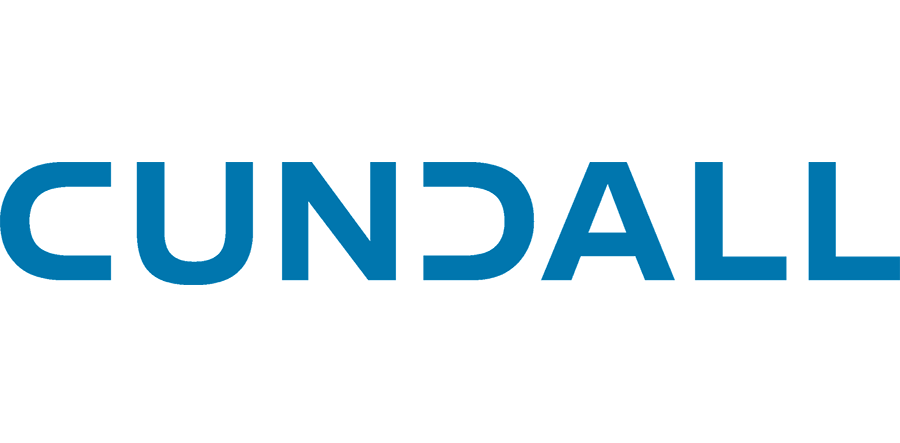



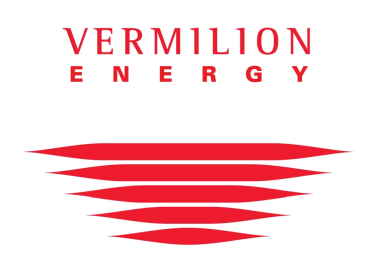

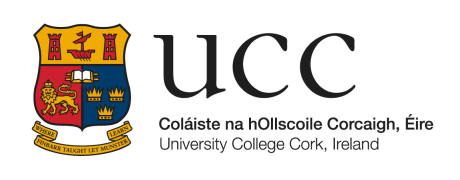




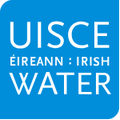

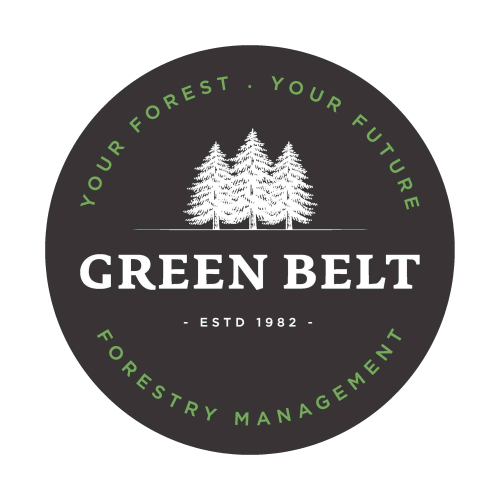





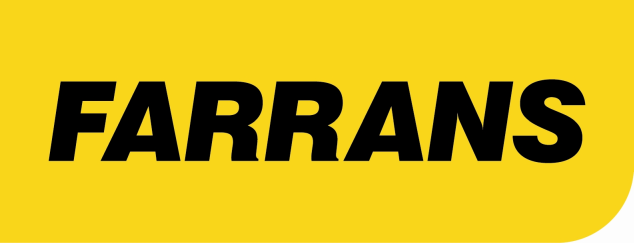







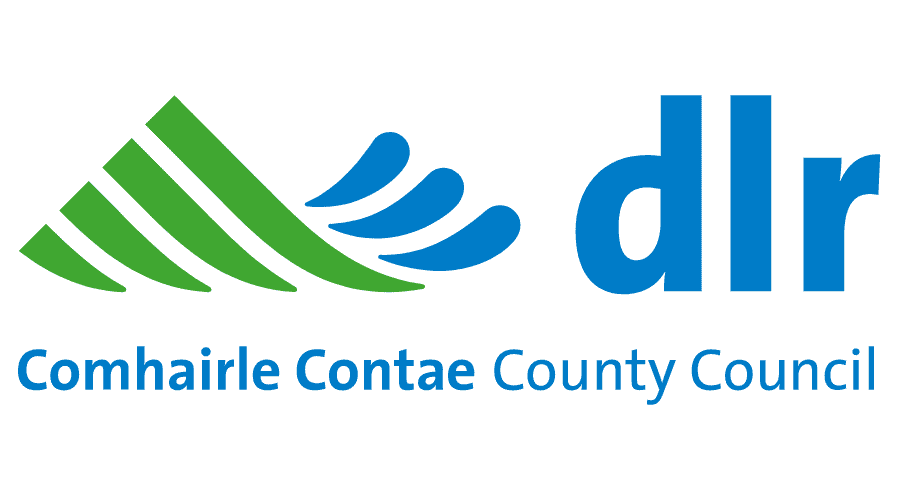









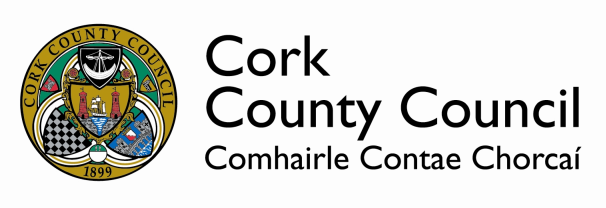






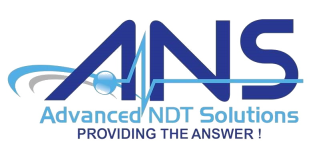





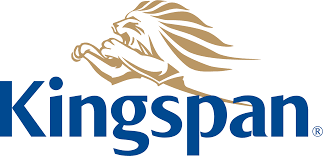












































































































































The safety of your personnel and our own is paramount, and we place it at the forefront of our company culture. Ask us about our HSSE systems and practices.
Drone inspections take up less of your manhours and resources than traditional inspections, giving you a faster and more budget-friendly return on your investment.
We use cutting-edge technologies to detect problems that would otherwise be invisible. These include 4K ultra-HD photography/video, LIDAR and thermal imaging.
Drones capture high-quality, impartial information that gives you an exact assessment of the status and needs of your asset.
Thermal IR technology and ultra HD allow our engineers to get a view that is not available to the naked eye. From a safe distance, we can find defects and insights that are only visible with a drone.
We understand that you need answers fast. We can deliver a plain-English report with clear-cut conclusions in days. Then, you can take the steps you need to and get back to doing what you do best.
Need us there in a hurry? No problem. Let us know what you need, and we can be there on the same day. After all, sometimes the problem just won't wait.
Sometimes the brief can change even in real-time. If need be, you can be stood there right next to the drone operator, directing them as the situation develops.
With multispectral drone mapping, you can quickly and efficiently obtain accurate, high-resolution imagery of your crops or ecological sites. This technology uses advanced sensors that capture data across a wide range of the electromagnetic spectrum, including visible light and infrared radiation. This information can then be analyzed to identify areas of concern, such as plant stress, disease, or pest infestations.
With Engineers With Drones, you can trust that your multispectral drone mapping needs are in good hands. We are committed to delivering timely and reliable service that exceeds your expectations. Our team is passionate about using technology to solve real-world problems, and we believe that multispectral drone mapping has the potential to make a significant impact in the world of agriculture and ecology.
By using multispectral drone mapping for agriculture, you can make informed decisions about how to manage your crops, optimizing yield and minimizing waste. The data collected by the drone can be used to create detailed maps of your fields, highlighting areas that need attention and allowing you to take action before problems escalate. With this level of precision, you can also tailor your approach to each specific area of your field.
Multispectral data can analyzed and processed to create a detailed map of the field. Using this map, farmers can then create a prescription map, which specifies the application rate for each area of the field. This prescription map can be loaded into a VRT-enabled application system. As the application equipment moves across the field, the VRT system automatically adjusts the input rate in real-time based on the prescription map.
For ecological monitoring, multispectral drone mapping can provide a wealth of information about the health of your ecosystem. By analysing the data collected by the drones, you can identify areas where biodiversity is thriving, as well as areas where invasive species may be taking over. This information can then be used to develop targeted conservation and management strategies that will help you protect and preserve the environment.
At its core multispectral imaging involves acquiring multiple images of the same area of the ground at different wavelengths of light. These images can be combined to create various spectral indices that provide important information about the surface features and properties. The various indices provide valuable information for a wide range of applications, including agriculture, forestry, water resource management, and environmental monitoring.
Here are some commonly used multispectral indices and their applications:
NDVI is a widely used index that measures the amount of live green vegetation in an area. It is calculated by subtracting the reflectance of near-infrared (NIR) radiation from the reflectance of red visible light and dividing the result by their sum. NDVI values range from -1 to +1, with higher values indicating more healthy vegetation.
GNDVI is similar to NDVI but is more sensitive to green vegetation, and is less affected by soil brightness or background reflectance. It is calculated by subtracting the reflectance of green visible light from the reflectance of NIR radiation and dividing the result by their sum.
EVI is a modified version of NDVI that provides a better measure of vegetation in areas with dense canopies or where the soil is visible. It is calculated by combining the reflectance of blue, red, and NIR wavelengths.
NDRE is an index that measures the difference between the reflectance of red-edge light and NIR radiation, which is particularly sensitive to vegetation stress and biomass. It is used in precision agriculture for crop health monitoring and yield prediction.
LCI is an index that measures the amount of chlorophyll in leaves, which is an indicator of plant health and photosynthetic activity. It is calculated by combining the reflectance of red and NIR wavelengths.
MCARI is another index that measures chlorophyll content in leaves, but it is less affected by changes in leaf structure or background reflectance. It is calculated by combining the reflectance of blue, green, and red wavelengths.
SPNI or SIPI3 is an index that measures the amount of nitrogen in plants, which is an important nutrient for growth and productivity. It is calculated by combining the reflectance of red and NIR wavelengths, and is commonly used in precision agriculture for nitrogen management.
SAVI is similar to NDVI but is adjusted to account for the presence of bare soil in the area. This index is calculated by dividing the difference between the reflectance of NIR and red light by their sum, plus a soil brightness adjustment factor.
NDWI is an index that measures the presence of water in an area. It is calculated by subtracting the reflectance of short-wave infrared (SWIR) radiation from the reflectance of green visible light and dividing the result by their sum. NDWI values range from -1 to +1, with higher values indicating more water.
NBR is an index that measures the severity of fire damage to vegetation. It is calculated by subtracting the reflectance of NIR radiation from the reflectance of SWIR radiation and dividing the result by their sum.
UAI is an index that measures the amount of impervious surfaces in an urban area, such as roads, buildings, and pavements. It is calculated by combining the reflectance of green, red, and NIR wavelengths.
UHD or Ultra High Definition signifies that a camera's resolution is 3840x2160 pixels. This is exactly four time higher than high definition cameras (1920x1080 pixels), and so UHD is often also know as 4K. More about drone photography...